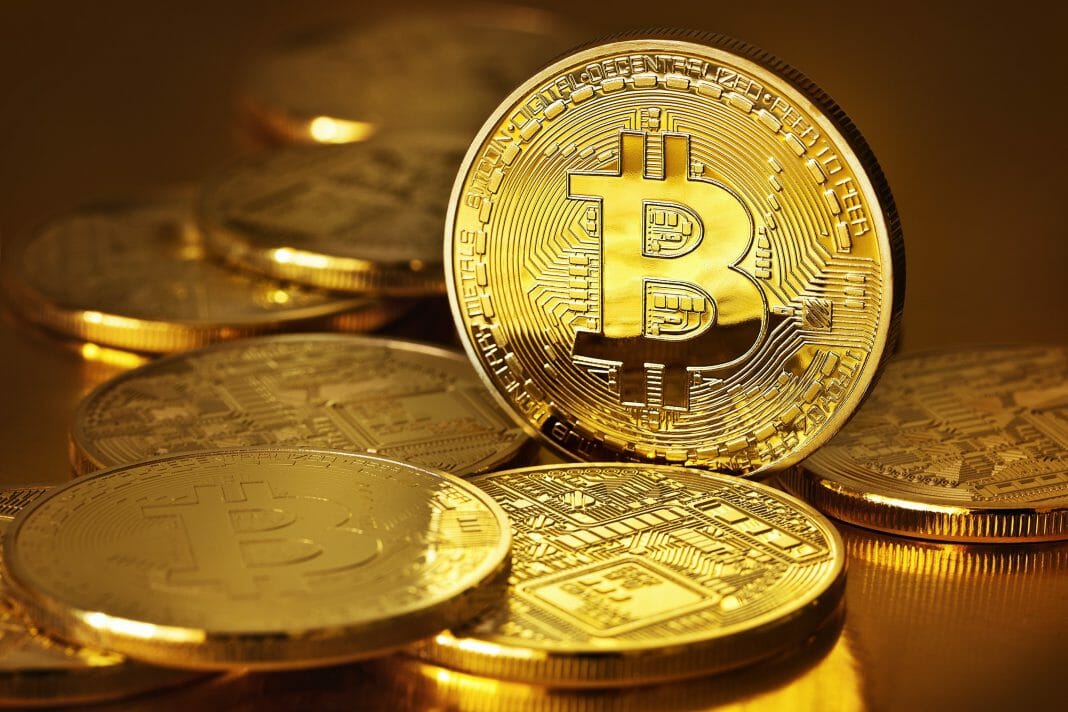The pioneering cryptocurrency has gone from providing an opportunity and a strategy to becoming an ideology. Large capitals obtain profits through loans in an inflationary environment where the national currency devalues.
Michael Saylor, CEO of MicroStrategy, made his firm the first publicly-traded company with the most BTC in its treasury. For that reason, many specialists consider that the billionaire entrepreneur is a prominent Bitcoin evangelist.
Saylor recently talked to Chris Keshian, head of digital assets at NeoFlow Asset Management, about Bitcoin as digital energy. The co-founder of MicroStrategy explained that not all transmitted data is energy, despite the explosion of digital information in recent decades.
The executive said nobody could buy a building using a digital copy of Beethoven’s sixth symphony transmitted from New York to Tokyo. He thinks that the sale would violate physics laws, making the cost of the building rise a million times due to inflation.
However, the recipient in Tokyo could acquire it if he received the private keys allowing access to USD 1 billion in Bitcoin. Saylor stated that it is about political energy, possible through an exchange, in which the cryptocurrency is simply a medium.
The recipient of the Bitcoin funds can convert them into goods and services, but the sender of the funds loses that ability. In that way, Saylor highlighted that Bitcoin prevents double-spending and allows transferring money on a peer-to-peer (P2P) network.
The specialist said that Bitcoin as energy moves at a low frequency in the base layer, allowing a low number of transactions. However, the executive noted that the frequency increases significantly in the second layer (Lightning Network).
The US Dollar vs. Bitcoin as Treasury Reserve Asset
The CEO of MicroStrategy pointed out that his company began acquiring Bitcoin as part of its strategic reserve. He said they turned it into a defensive measure against the expansionary monetary policy of the US Federal Reserve.
He explained that a company would lose USD 150 million to USD 200 million a year if it kept USD 1 billion in cash reserves. He suggested borrowing and having negative working capital, but paying fixed interest would make the devaluation of the currency favor the company.
Saylor acknowledged that investing in Bitcoin as a defensive practice was opportunistic. He highlighted that they underwrote a debt of USD 650 million at 1% and bought the crypto asset. He said it seemed a good idea to go short on the US dollar and long on Bitcoin.
In that way, acquisitions became part of the strategy used by the company, as the next loan to buy Bitcoin was for USD 1 billion. The executive said they went from a reflection to an opportunity and then to a strategy around the cryptocurrency.
Finally, the billionaire entrepreneur responded to those criticizing Bitcoin for allegedly consuming much energy. He stated that they do not understand that the Proof-of-Work (PoW) protocol transforms energy. He argued that any token requires spending on energy to have value, which makes Bitcoin a valuable asset.
By Alexander Salazar









